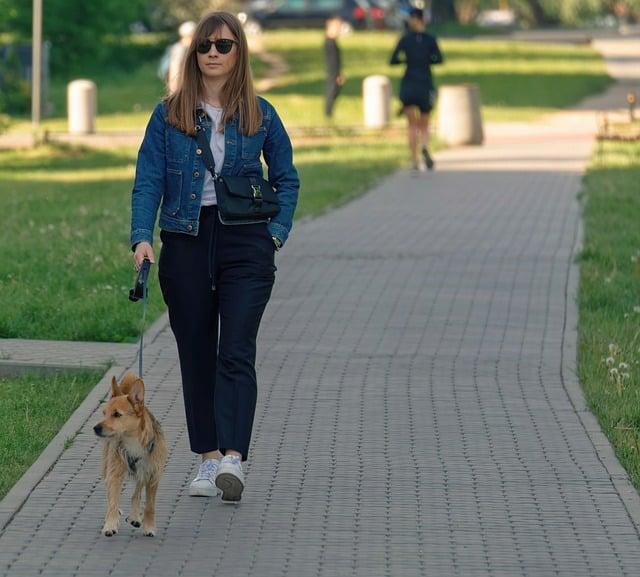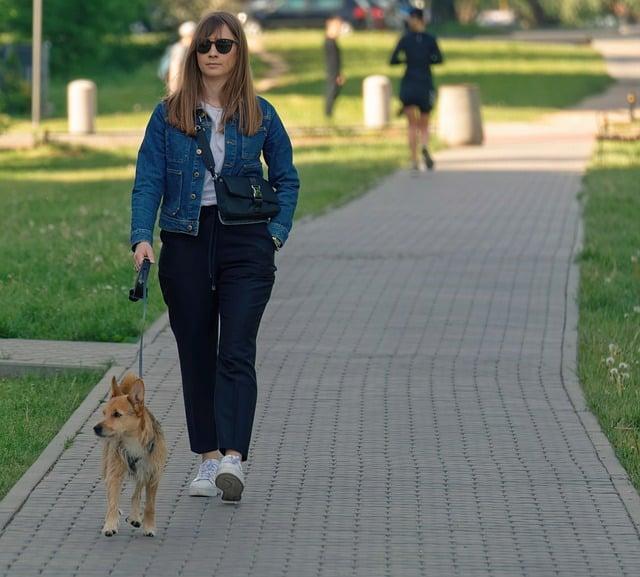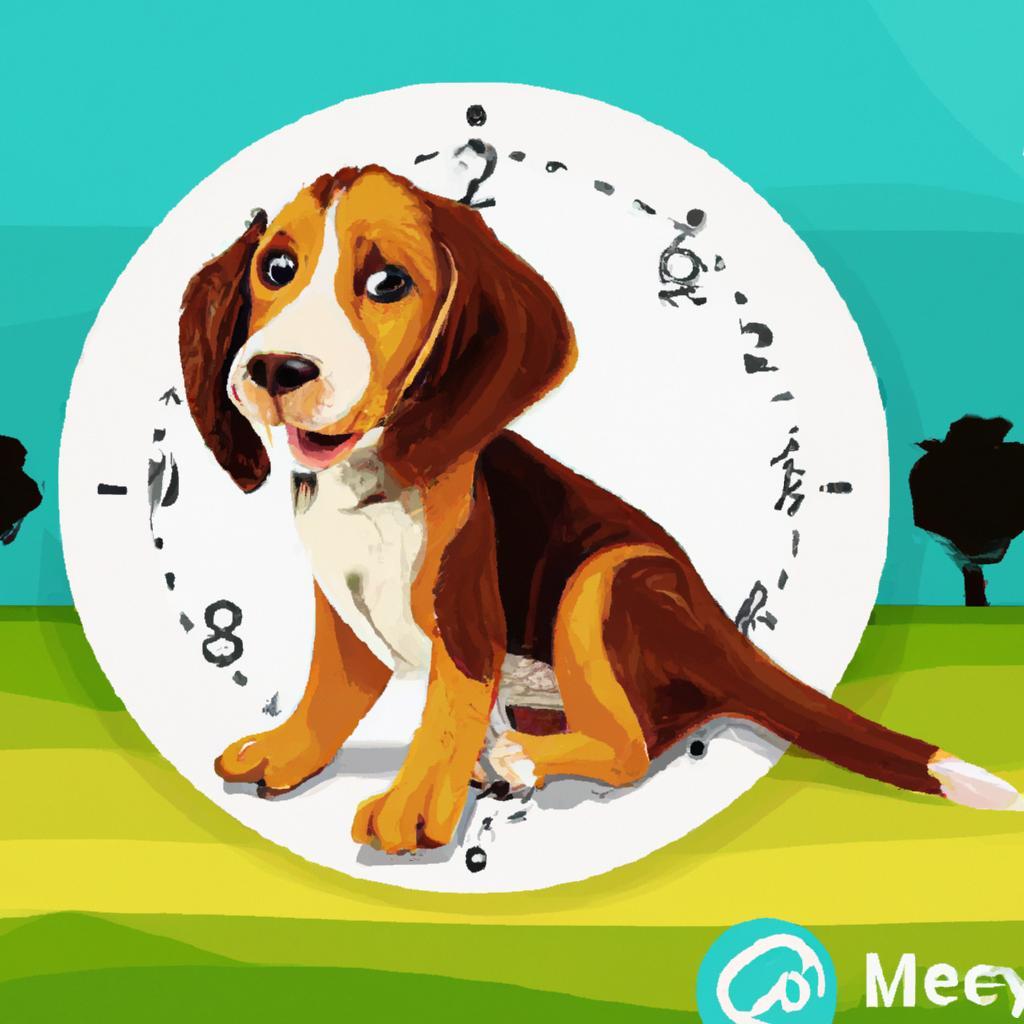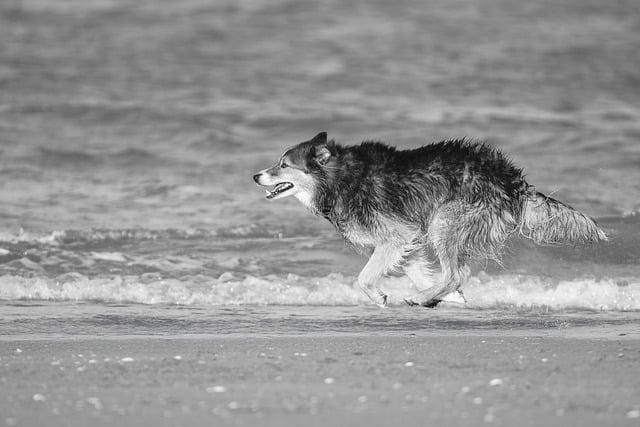Imagine walking through a park when suddenly, a gentle giant lumbers past you. It’s a Great Dane, standing tall and proud, with a heart as big as its stature. Known as the “Apollo of dogs,” this breed can reach heights of up to 34 inches at the shoulder. Despite their imposing size, Great Danes are affectionate, loyal, and surprisingly gentle. They make excellent family pets, proving that big dogs can be both majestic and loving. If you’re considering a canine companion, the Great Dane might just be the perfect fit for your home!
Contents
- Understanding the Characteristics of Giant Dog Breeds
- The Benefits of Owning a Large Dog: Companionship and Protection
- Essential Care Tips for Managing a Large Dogs Needs
- Choosing the Right Giant Breed for Your Lifestyle and Home Environment
- Q&A
Understanding the Characteristics of Giant Dog Breeds
When considering the world of canine companions, giant dog breeds stand out not only for their impressive size but also for their unique characteristics. These majestic animals often possess a gentle demeanor, making them surprisingly affectionate and loyal companions. Their large stature can be intimidating, but many of these breeds are known for their calm and friendly nature, which can be a delightful surprise for those who encounter them.
One of the most notable traits of giant breeds is their **gentle giant** persona. Despite their size, many of these dogs are incredibly patient and tolerant, especially with children. Breeds such as the Great Dane and the Newfoundland are often described as having a nurturing disposition, making them excellent family pets. Their ability to form strong bonds with their human counterparts is a testament to their loving nature, which can often overshadow their imposing physical presence.
Another characteristic that sets giant dog breeds apart is their **exercise needs**. While they may require regular physical activity to maintain their health, many of these breeds are surprisingly low-energy indoors. This means that they can thrive in various living situations, from spacious homes to apartments, as long as they receive adequate outdoor time. Owners should be mindful of their exercise routines, as overexertion can lead to joint issues, a common concern in larger breeds.
Lastly, the **lifespan** of giant dog breeds is typically shorter than that of smaller breeds, which is an important consideration for potential owners. While many small dogs can live well into their teens, giant breeds often have a lifespan of around 7 to 10 years. This reality underscores the importance of providing them with a healthy diet, regular veterinary care, and a loving environment to ensure they enjoy their time with you to the fullest. Understanding these characteristics can help prospective owners make informed decisions about welcoming a giant breed into their homes.
The Benefits of Owning a Large Dog: Companionship and Protection
Owning a large dog offers an unparalleled sense of companionship that can enrich your life in numerous ways. These gentle giants often form deep bonds with their owners, providing unwavering loyalty and affection. Their size can be intimidating to strangers, but those who know them understand that their hearts are as big as their stature. Large dogs are known to be great family pets, often becoming a beloved member of the household, participating in family activities, and providing comfort during tough times.
In addition to companionship, large dogs serve as formidable protectors. Their sheer size can deter potential intruders, making them an excellent choice for families looking for an extra layer of security. Many large breeds possess natural guarding instincts, which can be harnessed through proper training. This protective nature not only safeguards your home but also instills a sense of safety and peace of mind for you and your loved ones. With a large dog by your side, you can feel more secure during evening walks or when you’re home alone.
Moreover, large dogs often encourage a more active lifestyle. Their need for regular exercise can motivate owners to engage in outdoor activities, such as hiking, running, or playing fetch in the park. This not only benefits the dog but also promotes physical health and well-being for the owner. The bond formed during these shared activities can deepen the relationship, creating a fulfilling and enriching experience for both parties. Large dogs thrive on interaction and play, making them perfect companions for those who enjoy an active lifestyle.
Lastly, the presence of a large dog can have a positive impact on mental health. The unconditional love and companionship they provide can alleviate feelings of loneliness and anxiety. Studies have shown that petting a dog can lower stress levels and increase feelings of happiness. The playful antics of a large dog can bring joy and laughter into your home, creating a warm and inviting atmosphere. With their unique blend of companionship, protection, and health benefits, large dogs truly enhance the quality of life for their owners.
Essential Care Tips for Managing a Large Dogs Needs
Owning a large dog comes with unique responsibilities that require attention to their specific needs. **Nutrition** is paramount; large breeds often have different dietary requirements compared to smaller dogs. Opt for high-quality dog food formulated for large breeds, which helps in maintaining their health and preventing obesity. Always consult with your veterinarian to determine the best diet plan tailored to your dog’s age, weight, and activity level.
Regular **exercise** is essential for large dogs to keep them physically fit and mentally stimulated. Aim for at least an hour of exercise each day, which can include walks, playtime, and training sessions. Engaging in activities like fetch or agility training not only helps burn off energy but also strengthens the bond between you and your pet. Remember, a tired dog is a happy dog!
**Grooming** is another critical aspect of caring for large breeds. Depending on the coat type, some may require more frequent brushing to manage shedding and prevent matting. Regular baths will also keep their skin healthy and free from irritants. Additionally, don’t forget to check their ears, teeth, and nails regularly to ensure overall hygiene and health.
Lastly, **health monitoring** should be a priority. Large dogs are prone to specific health issues, such as hip dysplasia and heart problems. Schedule regular veterinary check-ups to catch any potential issues early. Keeping an eye on their weight and activity levels can also help in preventing health complications down the line. By being proactive in their care, you can ensure a long, happy life for your large canine companion.
Choosing the Right Giant Breed for Your Lifestyle and Home Environment
When considering a giant breed, it’s essential to evaluate how their size will fit into your daily life. **Great Danes**, for instance, are known for their gentle demeanor and adaptability, making them suitable for families with children. However, their sheer size means they require ample space to move around comfortably. If you live in a smaller home or apartment, you might want to consider breeds like the **Newfoundland**, which, despite their size, are often more laid-back and can thrive in a more confined environment as long as they get regular exercise.
Another crucial factor is the breed’s energy level. Some giant breeds, such as the **Irish Wolfhound**, are surprisingly calm and enjoy lounging around the house, while others, like the **Mastiff**, may require more structured exercise routines. Assessing your lifestyle is vital; if you lead an active life and enjoy outdoor activities, a breed like the **Leonberger** could be a perfect match, as they love to accompany their owners on adventures. Conversely, if you prefer a more relaxed lifestyle, a **St. Bernard** might be a better fit, as they are known for their easygoing nature.
Giant breeds also come with specific grooming and health considerations. For example, **Tibetan Mastiffs** have thick coats that require regular grooming to prevent matting, while **Great Pyrenees** may shed heavily during certain seasons. Additionally, many giant breeds are prone to certain health issues, such as hip dysplasia or heart problems. It’s essential to research each breed’s health history and consult with a veterinarian to ensure you can provide the necessary care and attention.
consider your long-term commitment. Giant breeds often have shorter lifespans compared to smaller dogs, which can be an emotional consideration. However, their loving and loyal nature can make every moment spent with them worthwhile. By choosing a breed that aligns with your home environment, lifestyle, and personal preferences, you can ensure a harmonious relationship that enriches both your life and the life of your new furry companion.
Q&A
-
What are some of the largest dog breeds?
Some of the largest dog breeds include the Great Dane, Mastiff, Saint Bernard, and Newfoundland. These breeds are known for their impressive size and gentle temperament, making them excellent companions for families and individuals alike.
-
How much do huge dog breeds typically weigh?
Huge dog breeds can weigh anywhere from 100 to over 200 pounds. For instance, a Great Dane can weigh between 110 to 175 pounds, while a Mastiff can weigh up to 230 pounds or more. Their size requires special consideration in terms of diet and exercise.
-
Are large dog breeds suitable for families?
Yes, many large dog breeds are known for their friendly and protective nature, making them great family pets. Breeds like the Saint Bernard and Newfoundland are particularly known for their gentle disposition with children, providing both companionship and security.
-
What are the exercise needs of large dog breeds?
Large dog breeds typically require regular exercise to maintain their health and prevent obesity. Daily walks, playtime, and mental stimulation are essential. However, it’s important to tailor the exercise routine to the dog’s age and health condition to ensure their well-being.
choosing a large dog breed can bring immense joy and companionship to your life. Their loyalty, protective nature, and gentle demeanor make them ideal family pets. Consider welcoming one of these magnificent giants into your home today!

大家好,我是彼得潘,專業的手法身體治療師。我喜歡探索和研究各種主題,並透過與人工智慧的合作分享專業、實用、有趣的文章。我們定期進行人工審核,以確保內容的準確性。如果您發現文章中有任何不準確的地方,請隨時與我們聯繫,我們會及時糾正。您可以透過 [email protected] 與我們聯繫。



